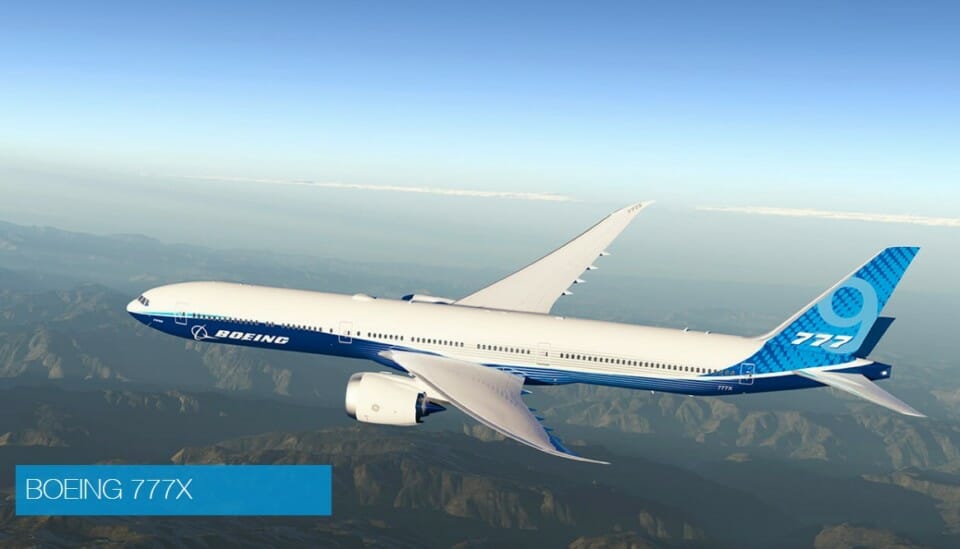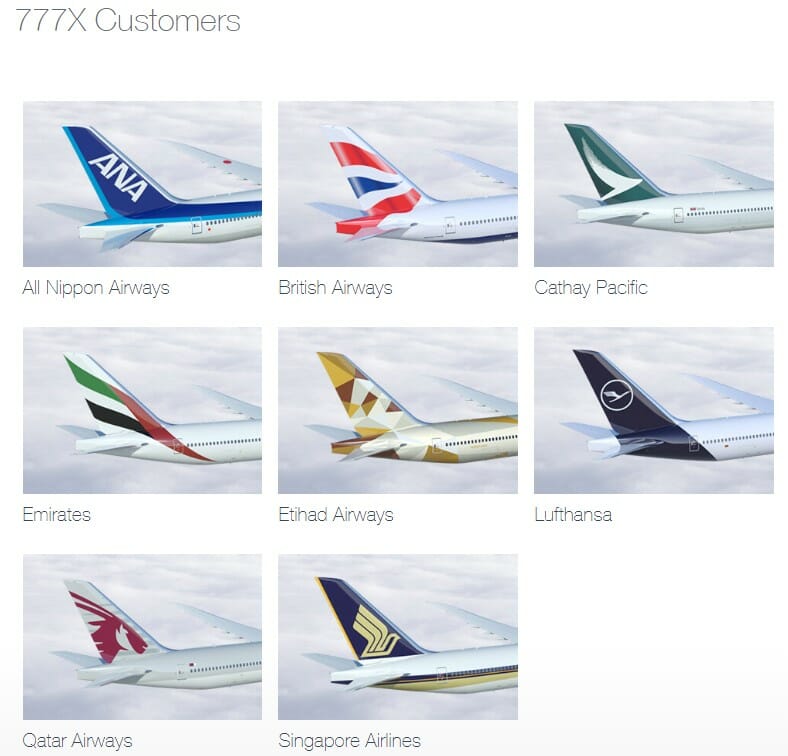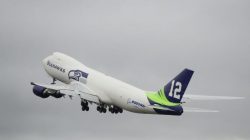One of the obvious takes on the current airline situation is that the days of the Very Large Aircraft (VLA) segment are over. Airlines are parking their four-engine aircraft fleets, notably the Boeing 747 and Airbus A-380. Many of these aircraft will never fly again in passenger revenue service because of their high operating costs. The time is right for airlines to switch from four-engine aircraft to the newest generation “super twins” like the 777X and A-350-1000.

The Challenge
Throughout the history of jet airliners dating back to the 1950’s, engine development has always lagged behind aircraft development. This has been evident in both the narrow-body and wide-body aircraft segments. Here are two examples of aircraft evolution:
Transporting 180 passengers (narrow-body):
- Boeing 707 and Douglas DC-8 required four engines and a three-pilot crew,
- Boeing 727-200 required three engines and a three-pilot crew and
- Boeing 737-900 and Airbus A-320 uses just two engines and two-pilot crew.
Transporting 400 passengers (wide-body):
- Boeing 747 required four engines and a three-pilot crew (later reduced to two pilots 747-400 and 747-8)
- Douglas DC-10 and Lockheed L-1011 required three engines and three-pilot crew ( later reduced to two pilots for the MD-11) and
- Boeing 777 and Airbus A350 with two engines and two pilots.
Engine development has finally caught up with the wide-body segment enabling capacities of over 400 passengers on just two engines. The Boeing 777X uses the massive GE-9X engines with a fan diameter of 11 feet making it the largest turbofan engine in production.
Boeing 777X Objectives
It simply is not enough to just fly passenger loads exceeding 400 with just two engines. Boeing has designed the 777X to perform in four critical areas for airline revenue.
PASSENGER MIX:
For an airline to generate maximum revenues per flight, the aircraft must have a flight class makeup that maximizes revenue. This is to say that there has to be a balance of seats in:
- First class,
- Business class,
- Premium economy and
- Economy.
Premium class seats require a lot of cabin real estate. This has to be balanced by large numbers of economy seats to balance the revenue potential. Like the 777-300, the 777X is positioned to accommodate that perfect mix of seats so airlines can maximize revenue.
OPERATION AT CURRENT AIRPORTS:
One of the problems with the Airbus A-380 is the requirements for airports to widen taxiways and reconfiguring airline terminals to accommodate the size of the A-380. Boeing addressed this issue by designing folding wingtips so the 777X can use existing airports without requiring airport modifications.

HOT AND HIGH PERFORMANCE:
“Hot and high” refers to airports that are situated in higher elevations that also experience hot summer temperatures. What happens in hot and high conditions is that the air at these airports becomes thinner than airports that are closer to sea level. Thinner air has an impact on aircraft takeoffs because it reduces engine capacity to generate thrust and reduces the lift force required for the aircraft to become airborne. Denver, Johannesburg and Mexico City are three examples of “hot and high” airports. The 777X is designed to perform at hot and high airports. Without specific hot and high performance, maximum takeoff weight has to be reduced by flying fewer passengers or less cargo.
INTERCONTINENTAL RANGE:
More fuel-efficient engines and aircraft composition have extended the range of the super twin aircraft. A key route that could be flown by the 777X is the Dubai to Los Angeles route currently flown by Emirates using Airbus A-380 aircraft.
The Timing Is Right
The Very Large Aircraft were on their way out due to high operating costs. The pandemic has led to an acceleration of VLA retirements. British Airways has a fleet of 33 Boeing 747-400 aircraft. Korean and Lufthansa have the latest 747-8 version in their fleets. As airlines convert their fleets to 777X and A-350 aircraft, the four-engine airliner will become a dinosaur. Eight airlines have placed orders for the 777X. These airlines still have four-engine aircraft in their fleets whether currently flying or not.

Status of the 777X Program
The first 777X took to the skies last January on its maiden test flight. The testing process was in full development with a second aircraft undergoing taxi tests. Then the pandemic hit and Boeing shut down its manufacturing plants. The facility had planned to reopen but the shutdown was extended when Boeing announced:
“Boeing is extending the temporary suspension of production operations at all Puget Sound area and Moses Lake sites until further notice.”
Only essential employees are on-site to support essential operations. Testing of the 777X is not considered essential and work is limited to mainly software development. Boeing had originally projected the 777X entering airline service in late 2020. This has been delayed due to the on-going pandemic which is a double-edged sword. The pandemic has put the brakes on passengers flying due to travel restrictions and social distancing. The airline business will return and the 777X should be ready by then.

